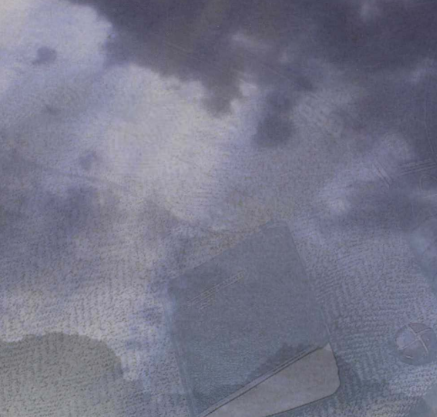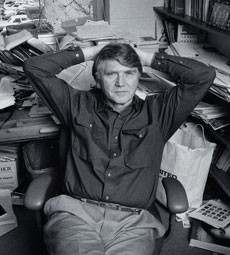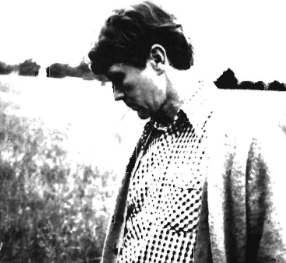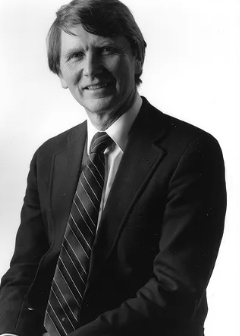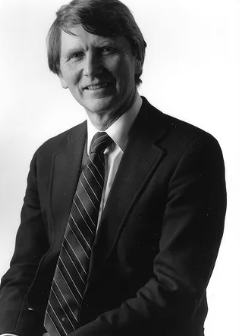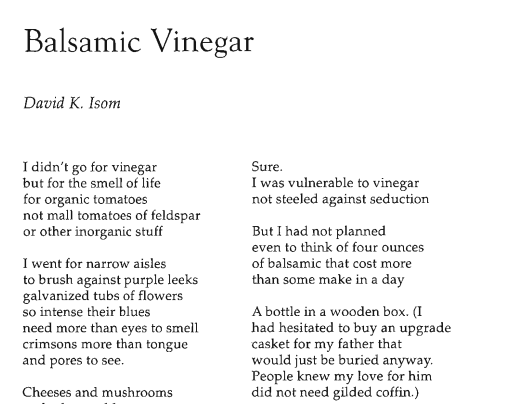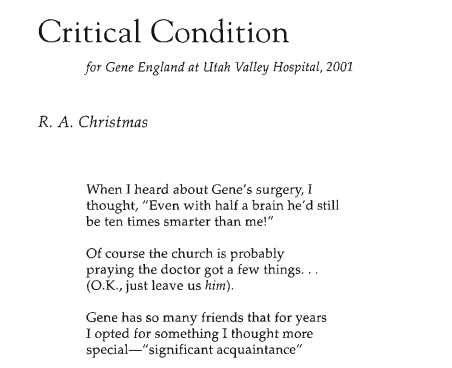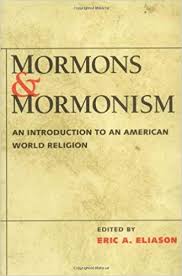Blessing the Chevrolet (vol. 9, no. 3, Fall 1975)
March 28, 2018At various times I have heard and read, with mild curiosity, of the anointing of animals by the power of the priesthood in pioneer times, but it wasn’t until I found myself with my own hands placed in blessing on the hood of my Chevrolet that I really felt what that experience meant to those early Saints, who depended on their animals, as we do our cars, for quite crucial things.


